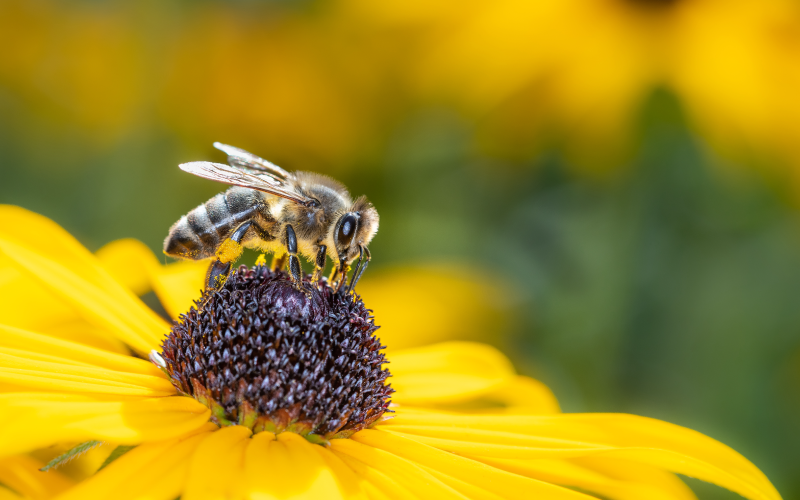
UK Biodiversity indicators: 2023 update
In 2011 the government published a document Biodiversity 2020: A strategy for England’s wildlife and ecosystem services, which outlined how the government planned to implement measures to meet international biodiversity commitments it had previously made.
Following consultation, Biodiversity Indicators were selected in the UK and introduced process to track progress of environmental commitments. These indicators also have the potential to be used as a reporting tool for gauging the progress of domestic initiatives such as The Environment Plan which lays out the UK government’s goals for improving the state of the environment.
Indicators are dependent on a wide variety of data provided by government, research bodies and the voluntary sector, verified by data providers and compliant with the Code of Practice for Statistics. Each indicator is composed of one of more measures that show trends over time and is summarised or assessed using a set of traffic lights which show change over time.
Biodiversity indicators help measure and monitor trends associated with habitat loss, invasive species as well as the state of species and ecosystems. Some indicators – such as bird populations – are considered to provide a good indication of the broad state of wildlife in the UK since they occupy a wide range of habitats and respond to environmental pressures that also operate on other groups of wildlife.
Whilst 2021 data suggested far greater awareness of the environment and need to protect it, most other metrics highlighted concerning levels of declining wildlife populations or increases in invasive, non-native species.
Key results:
- In 2019 the UK farmland bird index was 45% of its 1970 value
- In 2019 the UK woodland bird index was 25% below its 1970 value
- Since 1976 the habitat specialist butterfly index has fallen by 61%
- Since 1976 species of butterfly found in the wider countrywide has fallen by 22%
- The bat index has increased buy 47% between 1999 and 2019
- Broadleaved woodland and hedges declined by 18% between 2015 and 2019
- Pollinator indicator species has declined by 30% compared to its value in 1980
Unfortunately, the latest 2023 data provides little cause for celebration amongst any of the metrics recorded:
Breeding birds on farmland
- Long term (1970 to 2021): Deteriorating
- Short term (2016 to 2021): Deteriorating
- Latest year (2021 to 2022): Decreased
Butterflies of the wider countryside on farmland
- Long term (1990 to 2022): Little or no overall change
- Short term (2017 to 2022): Little or no overall change
- Latest year (2021 to 2022): Decreased
Bat populations
- Long term (1999 to 2020): Improving
- Short term (2015 to 2020): Improving
- Latest year (2020 to 2022): Decreased
Breeding birds in woodland
- Long term (1970 to 2021): Deteriorating
- Short term (2016 to 2021): Deteriorating
- Latest year (2022): Decreased
Butterflies of the wider countryside in woodland
- Long term (1990 to 2022): Deteriorating
- Short term (2017 to 2022): Little or no overall change
- Latest year (2022): Increased
Assessment of Change in the distribution of pollinators in the UK
- Long term (1980 to 2022): Deteriorating
- Short term (2017 to 2022): Little or no overall change
- Latest year (2021 to 2022): No change
The recently-introduced Environment Act aims to target many of the issues highlighted by the biodiversity data indicators, not least with the introduction of Biodiversity Net Gain starting in 2024. The Association hopes to report more positive news in relation to biodiversity in the coming years.
Further reading

